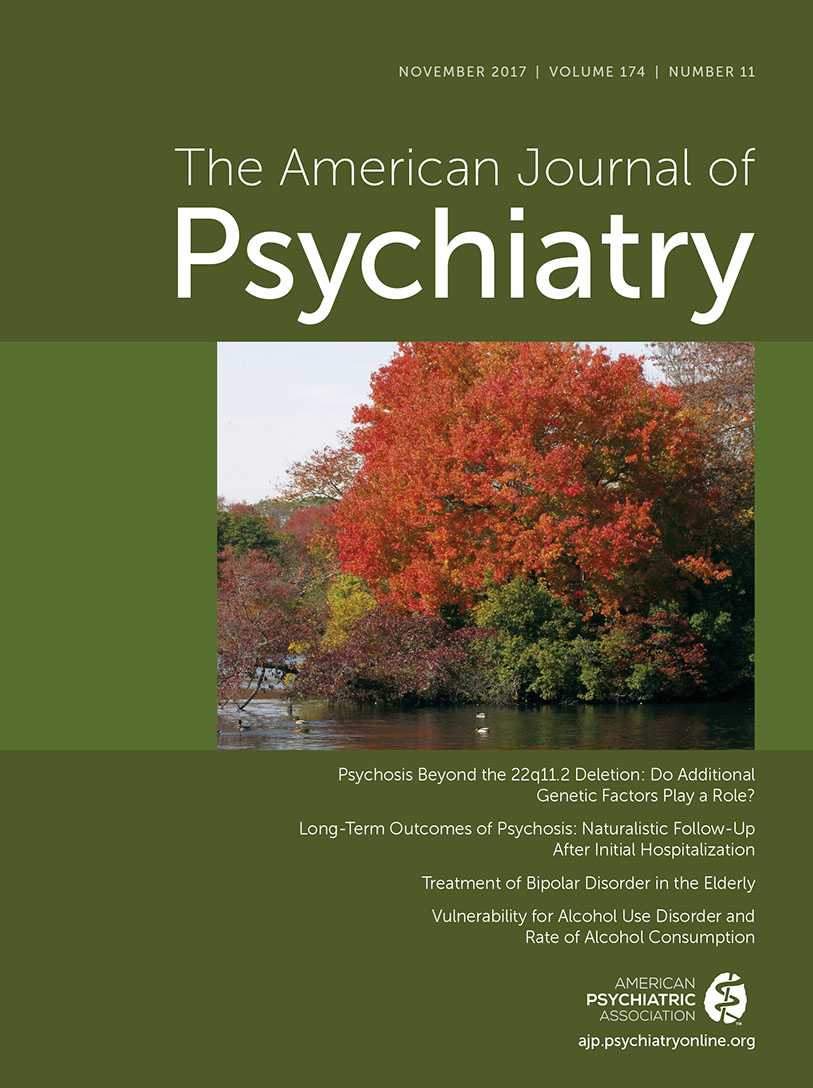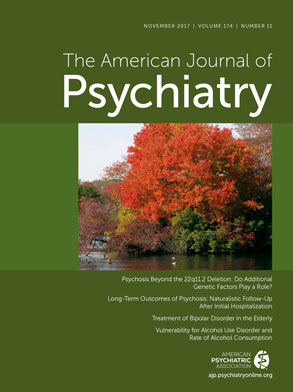T
o the E
ditor: The Review and Overview article by LeDoux and Pine (
1), published in the November 2016 issue of the
Journal, proposes that the subjective emotion of fear and its associated behavioral and physiological responses (e.g., increased freezing and respiration) emerge from distinct neuronal circuits. As a consequence, the authors argue that behavioral and physiological defense responses should not be used to study the subjective emotion of fear. Moreover, they claim that conflation of subjective and behavioral and physiological measures of fear has hampered progress in the treatment of anxiety disorders. However, we feel that this framework would reverse legitimate progress that has been made toward improving interventions for these conditions.
Contrary to LeDoux and Pine’s claim that subjective and behavioral and physiological fear responses are orthogonal, there is substantial evidence indicating that they are correlated and represent an integrated response. For example, physiological responses to fear-evoking stimuli covary with subjective ratings of fear across the acquisition, extinction, and re-emergence of a fear memory (
2–
4), and subjective trait-like assessments of anxiety are correlated with autonomic responses (
4,
5). Furthermore, patients with anxiety disorders report both high subjective fear and behavioral and physiological fear responses (
6), indicating that these responses track one another across the range of health and disease states, although they may have different thresholds for activation. Lastly, there is no evidence that the subjective emotion of fear can be experienced in the absence of concomitant behavioral and physiological responses, suggesting that these responses are inseparable and emerge from a common neuronal circuit. This is in line with the findings that individuals with bilateral amygdala lesions have both reduced subjective and behavioral and physiological responses to threatening stimuli (
7,
8). Although the amygdala is unlikely to be the sole locus of fear genesis, data showing that its perturbation dramatically alters a range of fear responses clearly point to it being a part of a larger hub for coordinating an integrated fear response that includes behavioral, physiological, and cognitive endpoints. As such, we feel it is misguided to argue that behavioral and physiological defense responses cannot be used to make inferences about the subjective experience of fear.
In addition to the two-system framework being based on a biased view of the literature, the adoption of a two-system framework brings with it ominous implications. If it were to be accepted that the subjective experience of fear emerges from orthogonal brain circuits from those responsible for behavioral and physiological defense responses, we would be required to limit ourselves to the study of subjective report. This is because behavioral and physiological indicators of fear would have no ability to predict subjective experience in humans according to the two-system view. Beyond the fact that studies based on physiological and behavioral measures have actually provided us with the ability to predict the efficacy of both behavioral and pharmacological interventions (
9), the tremendous insights into the neurobiology of fear gained from animal studies would be lost. Finally, the shift away from subjective report was prompted by issues of reliability and response bias, its semiquantitative nature, and its restriction to populations capable of language. Returning to an emphasis on subjective report therefore turns psychiatry in the direction of a bleak past.

